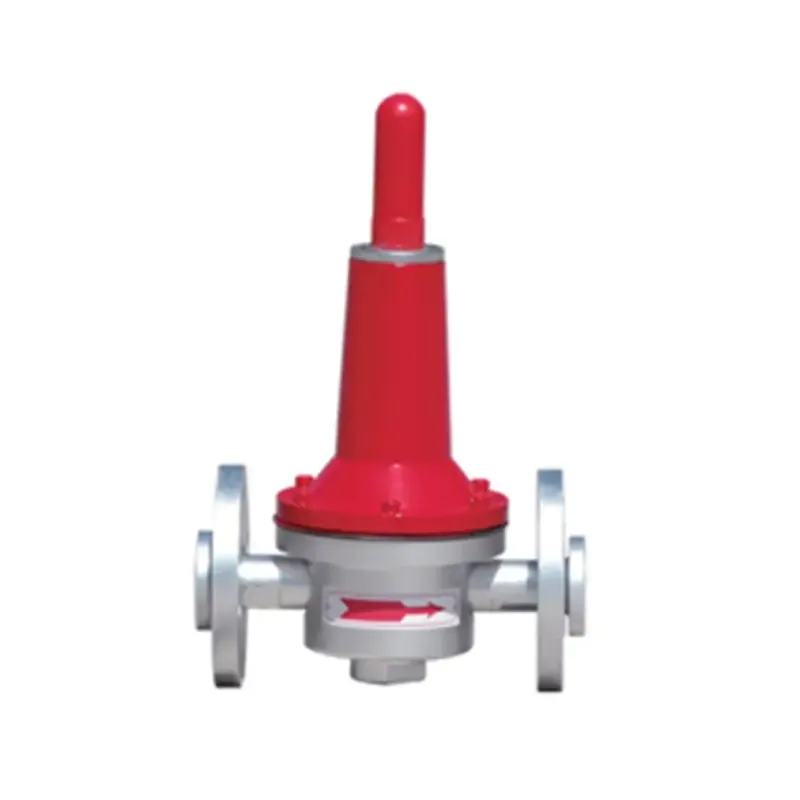
Dec . 09, 2024 19:52
Back to list
Gas Pressure Regulation Station for Efficient Distribution and Safety Management
Gas Pressure Reducing Station An Overview
Gas pressure reducing stations (PRDs) are vital components in the distribution of natural gas. These facilities play a key role in managing and regulating the pressure of gas that is transported through pipelines, ensuring safe and reliable supply to end-users, including residential, commercial, and industrial consumers.
Purpose and Importance
The primary purpose of a gas pressure reducing station is to lower the pressure of natural gas from high transmission levels to a more manageable distribution level. Natural gas is transported over long distances in high-pressure pipelines to minimize losses and ensure efficiency. However, when the gas reaches the local distribution network, it must be at a lower pressure to prevent damage to pipelines and appliances. The PRD serves this critical function by reducing the high pressure to levels suitable for safe usage.
In addition to pressure regulation, PRDs help ensure the quality and safety of gas deliveries. They often include safety mechanisms such as emergency shut-off valves and monitoring systems to detect leaks or abnormal pressure fluctuations. These systems are crucial for preventing accidents and ensuring compliance with safety regulations.
Components of a Gas Pressure Reducing Station
A typical gas pressure reducing station comprises several key components, including
1. Pressure Regulators These devices automatically control the gas pressure within the station. They adjust the flow of gas based on pre-set pressure settings, ensuring that the output pressure remains consistent despite variations in upstream pressure.
2. Isolation Valves These valves allow for the safe maintenance and operation of the station by enabling sections of the pipeline to be isolated without disrupting the entire gas supply.
gas pressure reducing station

3. Flow Meters To monitor the volume of gas flowing through the station, flow meters provide essential information that helps in operational planning and management.
4. Safety Devices Various safety instruments, including pressure relief valves, emergency shutdown switches, and gas detectors, are integrated into the design to mitigate risks associated with gas pressure variations and leaks.
5. Skids and Enclosures Many PRDs are mounted on skids or housed in enclosures to protect the equipment from environmental conditions and provide ease of transportation and installation.
Operation of Gas Pressure Reducing Stations
The operation of a gas pressure reducing station involves several stages. First, high-pressure gas enters the station from the transmission line. As the gas flows through the pressure regulators, the internal mechanism adjusts the output pressure according to the desired set point. If the incoming pressure fluctuates, the regulators respond quickly to maintain a steady output.
Regular monitoring and maintenance are essential to ensure the efficient and safe operation of PRDs. This includes routine checks of the main components, testing safety systems, and calibrating pressure settings. Operators must also be trained in emergency response procedures to address potential gas leaks or other safety incidents.
Conclusion
Gas pressure reducing stations are critical for the safe and efficient delivery of natural gas. They not only regulate the pressure to suitable levels but also play an essential role in safeguarding the integrity of the gas supply system. As the demand for natural gas continues to grow, the importance of well-designed and maintained PRDs becomes increasingly evident. These facilities are the unsung heroes of the energy supply chain, enabling the seamless flow of natural gas that powers our homes, businesses, and industries. Understanding their operation and significance is essential for anyone involved in the energy sector or interested in the infrastructure that supports our daily lives.
Latest news
-
Safety Valve Spring-Loaded Design Overpressure ProtectionNewsJul.25,2025
-
Precision Voltage Regulator AC5 Accuracy Grade PerformanceNewsJul.25,2025
-
Natural Gas Pressure Regulating Skid Industrial Pipeline ApplicationsNewsJul.25,2025
-
Natural Gas Filter Stainless Steel Mesh Element DesignNewsJul.25,2025
-
Gas Pressure Regulator Valve Direct-Acting Spring-Loaded DesignNewsJul.25,2025
-
Decompression Equipment Multi-Stage Heat Exchange System DesignNewsJul.25,2025

